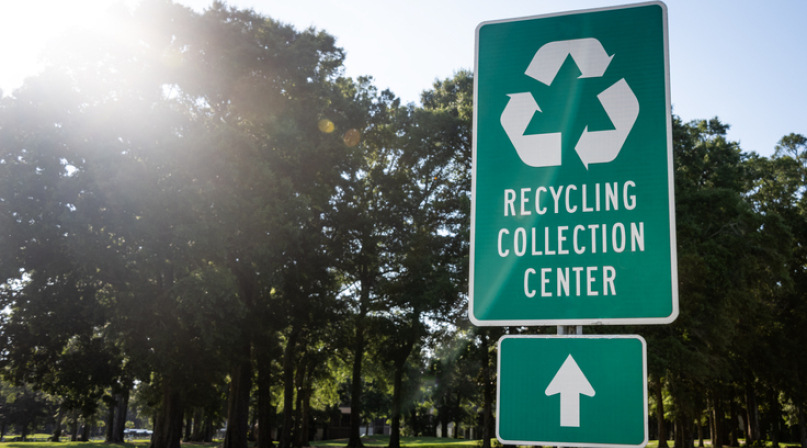EPA releases 2021 National Recycling Strategy to improve recycling and solid waste management
Upcoming Events
Related News

Key Takeaways
On November 15, the U.S. Environmental Protection Agency (EPA) released the 2021 National Recycling Strategy. The new National Recycling Strategy builds on the EPA’s 2019 National Framework for Advancing the U.S. Recycling System. This document is the first in a series focused on advancing the national municipal solid waste recycling system to become more resilient and cost-effective. The overall strategy will outline how the agency will move forward on increasing equitable access for overburdened communities, reducing climate impacts of materials management, and managing materials for a circular economy. EPA will host a webinar on November 18 at 2 p.m. ET to engage with partners on recycling, food waste and achieving a circular economy. Click here to register.
The 2021 National Recycling Strategy includes the following five strategic objectives to strengthen the U.S. recycling system:
- Improve markets for recycled commodities through market development, analysis, manufacturing, and research.
- Increase collection of recyclable materials and improve recycling infrastructure through analysis, funding, product design, and processing efficiencies.
- Reduce contamination in the recycled materials stream through outreach and education to the public on the value of proper recycling.
- Enhance policies and programs to support recyclability and recycling through strengthened federal and international coordination, analysis, research on product pricing, and sharing of best practices.
- Standardize measurement and increase data collection through coordinated recycling definitions, measures, targets, and performance indicators.
County governments play an essential role in the nation’s recycling systems, as local governments are the primary provider of waste management services across the country. The Infrastructure, Investment and Jobs Act contains historic investments in our nation’s recycling system, including a $15 million county-eligible grant program for consumer recycling education and outreach. Counties have the authority and responsibility to undertake solid waste management activities, such as operating waste facilities, recycling centers, residential and commercial waste collection, landfills, combustors and transfer stations.
Advocacy
Keep America Beautiful launches competitive grant program for community recycling projects
Keep America Beautiful (KAB) is launching a competitive grant program to support the KAB Affiliate Network, other nonprofit organizations and community groups to implement programs or projects designed to build clean, green and beautiful public spaces.

Related News
‘Fix-It Fair’ brings new life to damaged items, helps divert waste
Thurston County, Wash. partnered with a non-profit, whose members volunteer to fix things that were difficult to recycle.

U.S. House of Representatives passes SPEED Act and other permitting reform bills
On December 18, the U.S. House of Representatives passed the SPEED Act (H.R. 4776). The SPEED Act would strengthen county involvement in decision-making and make needed commonsense reforms to the federal environmental review process.

House Natural Resources Committee advances the Endangered Species Act Amendments Act of 2025
On December 17, the House Natural Resources Committee advanced the Endangered Species Act (ESA) Amendments Act of 2025 (H.R. 1897). The version passed by the committee adopted several changes from the initial bill and would address key county concerns by improving the implementation of the ESA. The legislation now awaits a floor vote before the whole U.S. House of Representatives.